When Homerun created their project the Art of Work, they wanted to speak to a generation swept up in the changing world of work. Here Willem van Roosmalen talks about creating a brand that’s beyond just a product— and why they don’t use the label thought leadership.
.jpg?width=1140&name=365946-DSCF2984-2ac149-original-1601303149%20(1).jpg)
How did the Art of Work become part of your brand story?
Thomas (one of the other co-founders of Homerun) and I started a design blog in the Netherlands. We got to know some of the companies we interviewed quite well. But their job openings weren't at all a reflection of what it was like to work for them.
Online recruitment was stuck in the 90s, full of bullet points and unappealing job descriptions. Truth be told: they sucked. And recruitment software is making things worse. They focus on efficiency. Moving large volumes of candidates through a pipeline….it’s designed for the recruiter. Not for the candidate.
Brands that try to play it safe hoping to build up a consistent picture of their identity, end up creating content and an identity that’s predictable, mediocre and boring. No one cares for mediocracy.
We built Homerun so companies could express what makes them unique, in a way that’s personal and compassionate. An environment that’s both inviting for people looking to hire, and people applying to jobs. But we also wanted to have conversations about the workplace with people who were interested in it too. So we started the Art of Work.
We designed it in a way that is calm and inviting. We’re very mindful about design and typography, just as you would be with a magazine. We're pretty proud of it, and people appreciated the effort straight away. Right now, there’s not really a work brand that you can love. Do you love Glassdoor or LinkedIn? Those are functional platforms, not brands that you feel connected to or want to be part of.
This also happens to be my view on branding: product features can be copied by competitors, but your brand, and the ethos behind it, can never be copied. No matter how deep your pockets are.
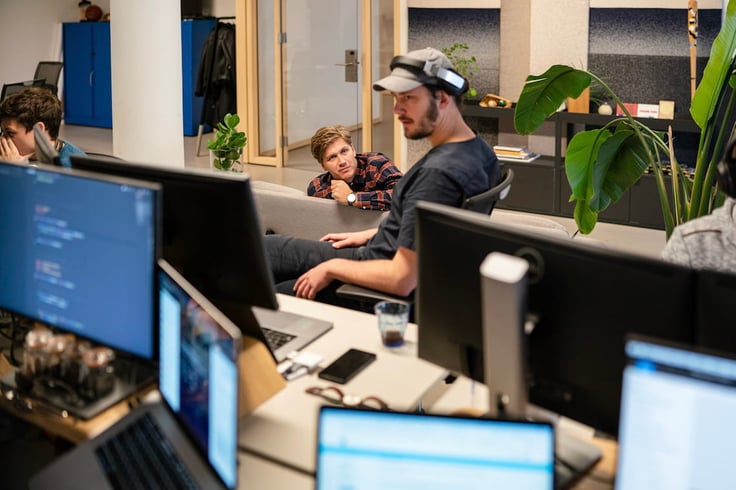
Totally. People like to use Spotify or their iPhone because they love the user experience. It’s the same with editorial content - people like the experience of reading a well-designed magazine. We created a well-designed hiring tool because most tools and blogs are still very bulky and don’t invite you to learn.
B2B software often looks and feels like business software. We look at ourselves as a consumer brand that starts with consumer-like software and just as much consumer-like content.
Do you think of the Art of Work as a thought leadership platform or is it more of a passion project?
We thought it would be a problem to label it as thought leadership, as we’re not experts in recruitment. We never have been. But we’re good curators— our blog Fontanel turned into the biggest design platform in the Netherlands— and we have an eye for people and companies that are refreshing or inspiring. So it's a platform for thought leaders, rather than us as Homerun publishing articles about topics, and positioning ourselves as thought leaders - we invited people and companies we admire to share their thoughts on our platform.
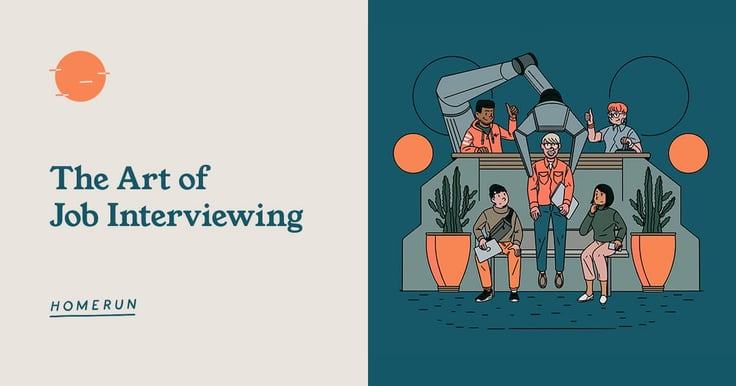
Diversity and inclusion seems like an important topic for you guys
It's a pillar in hiring in general. You need to hire for a specific role, but you also need to have what we call a ‘value fit’. It's called value fit rather than culture fit because you want people to add to— instead of fit into— your existing culture. If someone adds to your culture, they can’t come from the same background. Diverse cultures perform better than singular cultures, so to speak.
We also focus on small companies. There's already a lot of knowledge and experience on D&I at big companies, so we try to surface that knowledge and put it into both our publication and our hiring tool, tailored to small companies because they just don't have the same resources.
For us, in the end, it's about people finding jobs they love. And we just think it's unfair that people are more likely to find jobs at big companies because they have the reach and the diversity programs.
What are the main struggles of companies you speak to?
One is finding out what your company culture actually is. And then defining and expressing that culture. A lot of companies don’t realize that they already have a unique culture. It really starts with asking existing employees “why do you work here?” This will always bring up interesting insights that you weren't aware of and can communicate to candidates.
Another is when companies don't pay enough attention to their people. That’s a problem because, obviously, people will leave. But they also won't tell good stories about your company, which makes it hard to attract new talent.
Companies that do well have authentic care for people ingrained into their culture. If you spend time and energy on your people, you have such a high chance of attracting talent. It's so easy. Just care about the people that work for you.
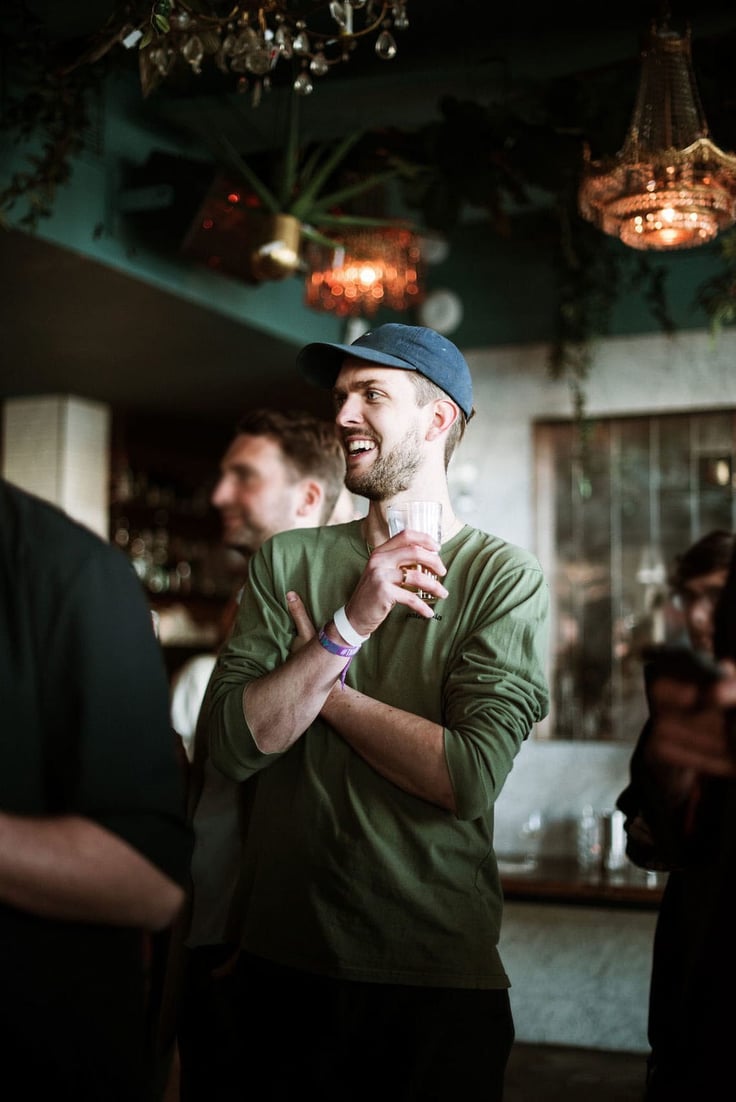
Are there any risks in investing in something like thought leadership?
From a commercial perspective, results are less predictable. It is a long-term commitment to content. From a rational perspective, it positively affects your brand from the get-go. But whether it also generates leads, trials, and customers; you’ll need at least a year to find this out.
Why most content efforts fail though, is because too many brands are too bland. They don't take a stance, so people feel indifferent about them. Luckily, there are more (well-known) brands who have the guts to take a stand, have an outspoken opinion, whether it's Nike or Patagonia. Having strong opinions, true for anyone and anywhere, will surface so-called haters at first, but will also give birth to a community of people who truly love you, feel recognized and have deep respect for how you raise awareness to the topics that you care about and become fans for life. That's powerful.
Do your content efforts help shape your identity, rather than the other way around?
Definitely. I don't think you have control over your identity, in general. For example, I can only control what I decide to wear every morning. But it's up to you to have an opinion about my outfit. Brands that try to play it safe hoping to build up a consistent picture of their identity, end up creating content and an identity that’s predictable, mediocre, and boring. No one cares for mediocracy.
What people tell their colleagues and friends about the Art of Work isn’t something we control. Which I think is awesome. Before social media, brands could control their voice 100%. They can't anymore. And that’s why people feel more connected than ever to brands; because brands are becoming an ever more important part of their lives.
Even though it’s overhyped as a term, authenticity really is a good thing. It’s good that it's becoming normal to show the faces behind a company, instead of just a logo. This way, the brand also changes. I read an article from Folch studio on fluid branding. I really like that term because it says something about dynamic identities. Identity can change throughout the years, depending on who works with you, who your customers are, what content you put out, etc.
So a brand (also an employer brand) is not something rigid or static, it needs to be fluid to move along and adapt to the currents of a company; it changes in every stage of its development. When people come and go, your company culture naturally changes. I think a brand is just the same, but a million times more intricate; because it also includes the customers, markets, online conversations, and competitors that influence it.
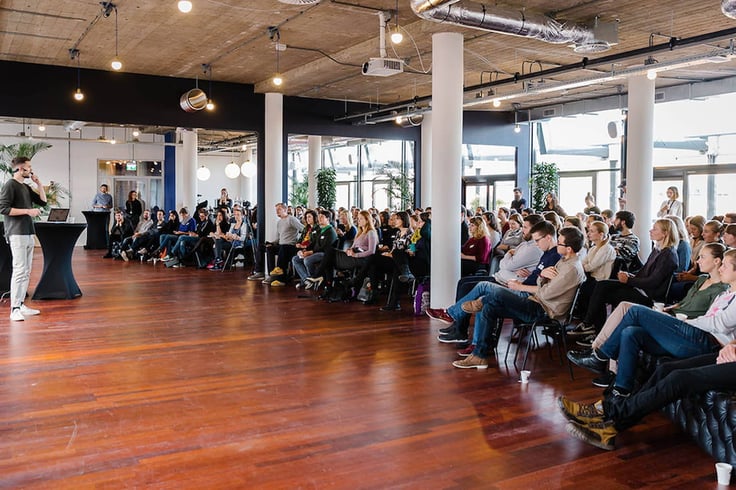
Generational gaps are shorter now because of technology, so I’d imagine brands have to shift their identity to reflect that.
Right. And it also brings about opportunities to speak to different audiences. That’s something Nike does really well. Their point of sale material or global campaigns are designed in a way it speaks to a massive and very diverse audience. But they also have super niche content; designed in such a way that’s very out there, very outspoken. For example, Nike also creates campaigns that are only made for people in the arts community in Manchester.
It’s cool that they understand that a brand can adapt to a niche through content. Collins, a branding agency from New York, for me started this wave of editorial branding. A brand that's really formed around the content that they produce, rather than their logo, visuals, or products. I think that’s a super interesting concept.
So brand journalism becomes the brand itself?
If a company decides to rebrand it's not based on their core company values or accent colors. It's more centered around their content strategy. So the design of the brand is not the logo, but the content they produce. In that sense, it’s interesting to look at high fashion. You see a lot of fashion brands stripping away their unique visual graphic language, leaving nothing but a very minimalistic all caps sans serif wordmark. They don’t need the logo anymore to stand out. It’s the content they produce that defines the brand. From social content and advertising campaigns to local events and product collaborations.
Another contributor explained that Gen Z is the most creative generation to date because they’ve had the technology to become expert videographers and graphic designers from a very young age. So they expect brands to create content that’s just as good.
Yes, they're super creative because they have more resources than other generations. But they don’t necessarily create things that are conventionally thought of as professional. They don’t feel attracted to polished ad campaigns or social content, created by a large team with expensive equipment. This new generation is just looking for real, raw content. That opens up the creative industry to infinitely more people that might have fewer resources, but just as much creativity and talent.
If we draw a circle back to employer branding, you don't have to have ‘the perfect photo gallery’ of your office space or a professionally shot company video to attract the right talent. You could post a raw iPhone video saying, ‘Hey, this is our Monday morning routine’. It may be poorly shot and shaky, but at least it’s real and unfiltered. That’s what people feel connected to. With an authentic expression of your company culture, someone can work out “Is this where I want to be? Are these the people I want to work with five days a week?” If you work in an office, you’ll see your colleagues more than your friends and family.
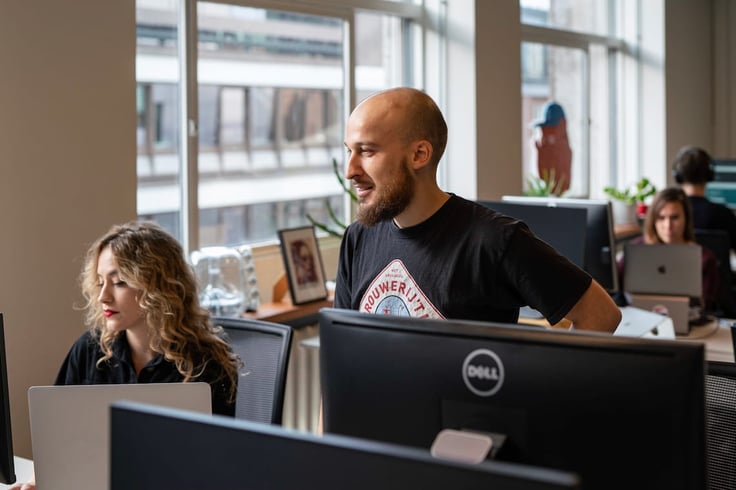
There’s a study that found that your colleagues can predict your behavior better than your friends, family, romantic partner, or even yourself. Because colleagues don’t have an overly positive bias, yet they know you very well.
That’s such an interesting idea— that your colleagues know you better than yourself. And it makes sense too, as you spend more time with them than your very own family. And yet, hiring your next colleague is often done without very much investment of time and energy. It’s often reactive, and done with the least amount of investment possible so we can ‘get back to our real jobs as fast as possible’. Even though we know, by now, hiring well impacts both your personal happiness as well how successful your businesses will be. That’s why I’m so passionate about hiring, it might have a bad rap, but it’s so important to do well. And it can be fun, if you really give it a try.
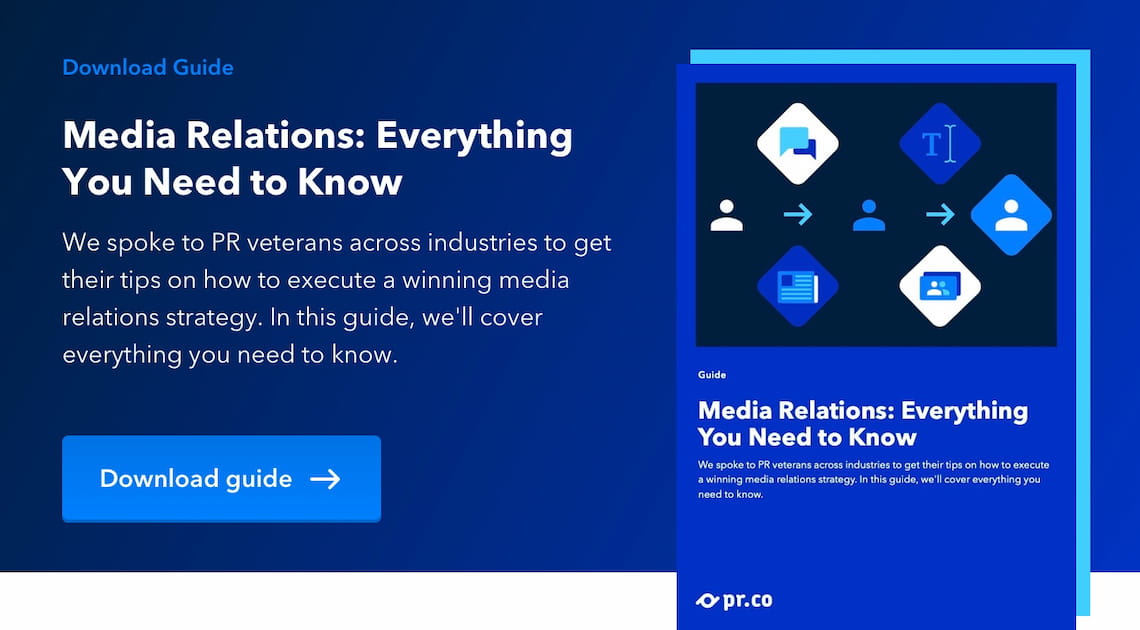
Willem van Roosmalen is CEO of recruitment software company Homerun, and founder of creative job platform Fontanel. Willem is a creative turned CEO, with a BA and MA in Visual Art and Design Management at HKU. Willem has been building Fontanel and Homerun for the last fifteen years, specializing in digital design, brand management, and business management.. Connect on LinkedIn or send an email






.jpg)